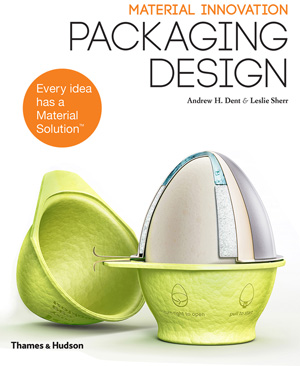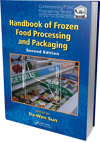Future Forecasts
Innovation drives flexible packaging success

 Technology and innovation have been the hallmarks of the flexible packaging industry over the last six decades. Industry growth was facilitated by the advancement in plastics production, which enabled packaging materials to include paper, plastic film and foil, providing greater barrier properties than had formerly been possible for flexible packaging.
Technology and innovation have been the hallmarks of the flexible packaging industry over the last six decades. Industry growth was facilitated by the advancement in plastics production, which enabled packaging materials to include paper, plastic film and foil, providing greater barrier properties than had formerly been possible for flexible packaging.
These innovations were game changing for the packaging industry. They allowed packaging to evolve beyond protection to extending shelf life with the least amount of materials. Then technology enabled printing to become superior on these materials adding to the shelf impact. Then came consumer convenience. Some of the innovation is obvious and stunning, while others not as noticeable but embedded in the materials, or the processes.
As flexible packaging has evolved beyond the basics
of protection, it has revolutionized the way we:
- Cook – in the package
- Eat - healthier
- Take medicine - dosage
- Clean our homes - wipes
- Use mouth waste – dissolvable strips
Flexible Packaging has also created new markets such as:
- Premade salads
- Fresh-cut fruits
- Meals in minutes / microwaved in packages
The Flexible Packaging Achievement Awards have helped document some of this innovation, which can be viewed on flexpack.org, Achievement Awards section. Awards have been given for the foodservice pouch which replaced the #10 can, eliminating can openers, sharp edges, and weight--this technology also enables the food to be cooked in a pouch. Similarly, Kraft foodservice salad dressing pouch, with the pour spout and handle, reduces weight in distribution and waste. Another example is the self-venting microwave packaging which enables fresh vegetables to be cooked in minutes.
Other innovations have reduced the amount of materials needed to provide the same barriers. As an example, cheese packaging has been reduced 33% while still maintaining the oxygen and moisture barriers. More information on source reduction can also be found on the FPA website.
So, what will be next? The flexible packaging industry will continue to evolve and reinvent itself to create something more for consumers by responding to global trends and issues such as the desire for more convenience, the need to reduce food waste and sustainability.
FPA research shows that across the entire value chain, packaging suppliers, product manufacturers, distributors, retailers and consumers all agree that costs, convenience and applicability are overriding factors in determining which packaging format would be most suitable for a certain end-use application. Flexible packaging answers the need for portion control, product protection, shelf appeal, barrier materials, and intelligent and smart packaging.
And the industry has room to grow. Across all consumer markets, flexible packaging represents approximately 20% of current packaging. As materials and manufacturing processes become more efficient, CPGs capital equipment ages, barrier materials improve and more consumer conveniences are incorporated; flexible packaging will occupy more shelf space. It will be interesting to see how flexible packaging responds to emerging trends and contributes to the success of self service distribution channels, technology driven grocery shopping and pick- ups, and the reduction of global food waste.
The Flexible Packaging Association has served as the voice of the flexible packaging industry since 1950. FPA members are manufacturers of flexible packaging sold to users or distributors for packaging purposes, and material or equipment suppliers to the industry. Flexible packaging is produced from paper, plastic, film, aluminum foil, or any combination of those materials, and includes bags, pouches, labels, liners, wraps, rollstock and other flexible products.
Looking for a reprint of this article?
From high-res PDFs to custom plaques, order your copy today!








